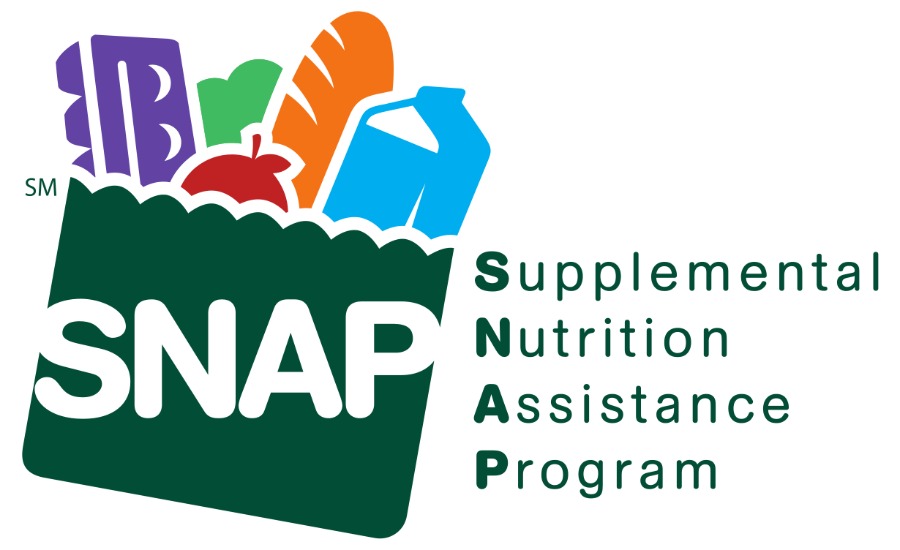Why candy companies should fight to keep — and expand — food stamps
Trump recently announced plans to cut SNAP, but low-income Americans aren’t the only ones the program benefits.

This week, the Trump administration proposed cutting the Supplemental Nutrition Assistance Program (SNAP), which is commonly referred to as food stamps.
As CNN reports, “The Trump administration wants to tighten the rules governing who qualifies for food stamps, which could end up stripping more than 3 million people of their benefits.”
Specifically, “The Agriculture Department issued a proposed rule Tuesday that curtails so-called broad-based categorical eligibility, which makes it easier for Americans with somewhat higher incomes and more savings to participate.”
SNAP is one of those programs that people tend to believe only impacts low-income people — but like everything in government, it creates ripples throughout the economy.
“Moody’s Analytics estimated that every $1 increase in SNAP benefits during 2009, when the economy was in a recession, generated about $1.70 in economic activity,” according to The Center on Budget and Policy Priorities.
And overall, in fiscal year 2018, the federal government spent $68 billion on SNAP and other related food assistance programs. Of that money, 92 percent of SNAP spending went directly to benefits that households used to purchase food. On average, that comes out to $127 a month (or about $4.17 a day, $1.39 per meal) in fiscal year 2018 for each person.
Not much, but it all adds up when it comes to the economy overall. And it can have a huge impact on families struggling to find enough money for food.
But do people even use SNAP to buy candy and snacks? Yes. The Huffington Post reports that recent USDA data shows that bagged snacks are the fourth most popular item people purchase with SNAP, and candy is the 11th.
It’s not difficult to see the correlation — cutting back on funding for SNAP potentially means cutting back on revenue for candy and snack companies. It also means less money for food retailers of all sizes — from gas stations to supermarkets.
According to The Morning Call, a Pennsylvania media company, “More than 260,000 locations were authorized to accept SNAP credits last year. Superstores such as Wal-Mart and Target got 52 percent of redemptions, supermarkets like Kroger got 30 percent, and convenience stores got about 6 percent, according to the USDA. The rest was split among other kinds of stores.”
In other words, SNAP helps low-income families, candy and snack manufacturers, and retailers.
So not only should every level of the candy industry be supporting the SNAP program, they should be passionately advocating to expand it as much as possible. Because at the end of the day, it doesn’t just help our fellow Americans, it also helps the confectionery industry as a whole.

